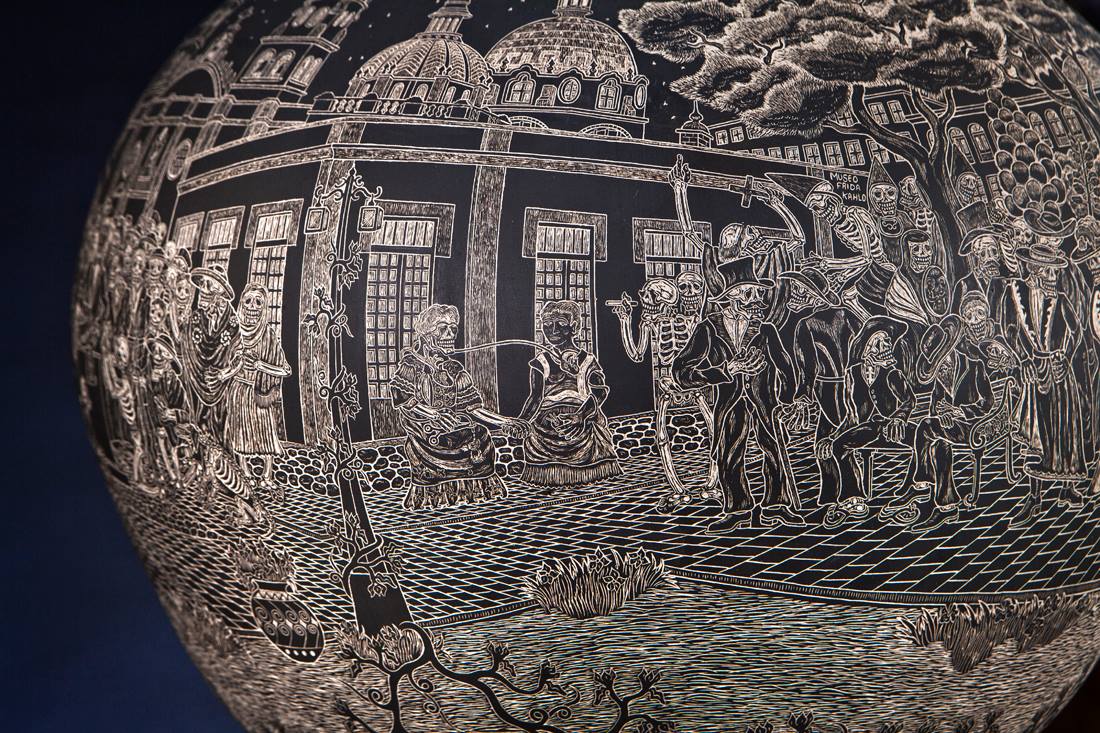
Gilles Cenazandotti is a French artist known for his arresting sculptures of animals constructed entirely of litter he collects from the ocean. Through his art, Cenazandotti hopes to bring greater awareness to the condition of our planet and the number of species threatened by human activity and pollution.


Petroleum products, bottle caps, tubes of sunscreen, and other plastic refuse are gathered from the shores of Corsica, where the artist was born and lives part time. The materials are then carefully arranged and transformed into baboons, crocodiles, polar bears, and other species – many of which are endangered. Cenazandotti insists that he does not cut or manipulate the shape of his found objects in any way, instead treating them like pieces of a larger puzzle. Because of this, it can take the artist several weeks to take one sculpture from its initial concept to the final result.


The statuesque sculptures look more like products of science fiction, mutated and robotized through their artificial armor. Through his manmade creations, Cenazandotti envisions a future in which these species have evolved in the face of drastic environmental changes, “a universe necessary to the survival of man and species.”
“The science fiction is near when we see that the animals have already changed territory,” the artist writes. “We may wonder what they will have become, like many species that have already disappeared, if they were to find more resources… In covering these animals with a new skin harvested from the banks of the Sea, I hope to draw attention to this possible metamorphosis – to create a trompe l’oeil of a modified reality.”



Gilles Cenazandotti currently lives and works between Paris, France and Morsiglia, Cap Corse. See more of his work through Galerie 13.


 Emerging Swedish artist
Emerging Swedish artist 
 Hector Javier Martinez Mendez’s pottery practice brings energetic, skeletal figures to the surfaces of jars, pots, and plates. Since first garnering a reputation for his Day of the Dead-themed works, his creations have grown more detailed and popular.
Hector Javier Martinez Mendez’s pottery practice brings energetic, skeletal figures to the surfaces of jars, pots, and plates. Since first garnering a reputation for his Day of the Dead-themed works, his creations have grown more detailed and popular. Whimsy, humor and fantasy collide in the sculpture of Beijing artist
Whimsy, humor and fantasy collide in the sculpture of Beijing artist